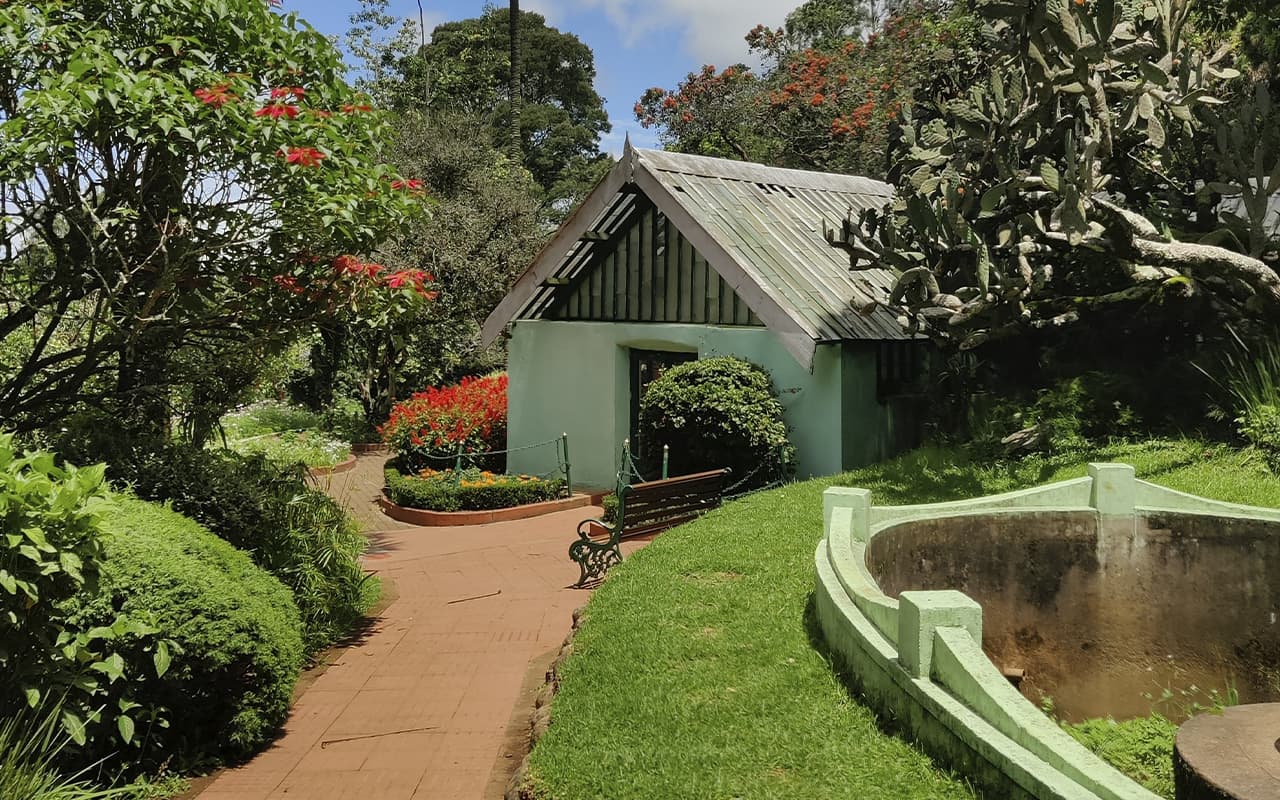The history of Atlanta, Georgia, and the entire United States cannot be imagined without the heyday of the American South and the cotton plantations that were the basis of this heyday, described in Margaret Mitchell’s novel Gone with the Wind and one of the causes of the American Civil War. The cotton fields stretched around the house of the landowner, the planter, and the estate itself was called a plantation. This article opens a series of stories about how this house was arranged, how and where its inhabitants lived, the masters, as well as servants and black slaves.
A Southern plantation house, a large, usually two- or three-story mansion, was a visible symbol of the wealth of a planter in the southern states of the United States in the first half of the nineteenth century. Stone Mountain Park features such a house and its associated buildings. All of these buildings, dating from between 1783 and 1875, were moved from their original locations and carefully restored in a single Antebellum Plantation complex.
In colonial Delaware, Georgia, Maryland, North Carolina, South Carolina, and Virginia, the first plantation houses tended to follow British vernacular forms, such as houses with halls and parlors and houses with a central passageway.
The more grandiose structures of the later colonial period generally followed neoclassical styles, although some very early and rare Jacobean structures survive in Virginia. And in the southern part of what became the state of Louisiana, plantations reflected French colonial architectural types, some with Spanish influences, which remained in trend even after the Louisiana Purchase in 1803. After the War of Independence, Federal and Jeffersonian neoclassical styles became dominant in formal plantation architecture.
Large parts of the South outside of the original British colonies, such as Kentucky and Tennessee, did not see major settlement until the early 1800s. Although large parts of Alabama and Mississippi were settled around the same time, there were areas of these states, as well as parts of western Georgia and southeastern Tennessee, that did not experience large-scale settlement until after the removal of the Indians in the 1830s. Very little formal architecture existed in these newly settled areas, with most houses being hewn logs until the 1840s. Many of these wooden houses had a common “dogtrot” type plan.
